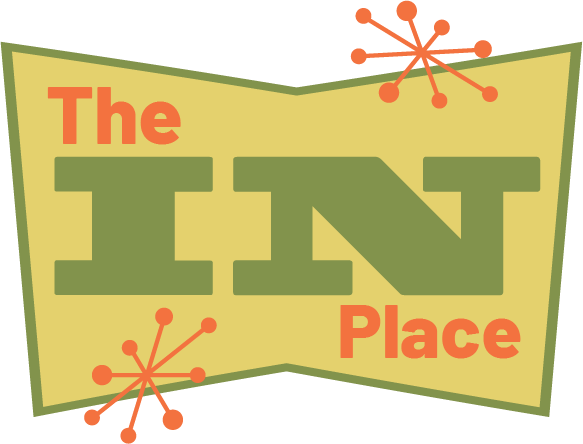We live in an amazing technological time. The tools that are at our disposal to help manage our lives and our ADHD are unprecedented. But, they don’t always work. Usually there’s a behavioral reason behind it. Or we may be using the wrong technology for the wrong purpose. Today I want to talk about reminders on your phone.
Our cell phones are amazing tools to manage our ADHD and our lives in general. Possibly the best feature of having these amazing pocket size computers with us all the time is the ability to set reminders. And when I mean reminders, I’m talking about calendar reminders. Alarms are also useful. But I’ll probably talk about those in another post.
When I think about reminders, I’m thinking about something very specific. I’m thinking about a specific event on your calendar, a thing that you’re going to do at a specific time, and the reminder for you to do that thing. When I talk to newer clients and suggest they set reminders for certain things they often tell me that they have lots of reminders but they just ignore them. Of course, some of this is behavioral. And that’s something we work on. But almost always there is a problem with how my clients are interacting with the technology that doesn’t set them up for success
A reminder should be specific to the event/activity and should be customized to just the right amount of time before the event. This is the most important feature of reminders.
Here’s are some examples from my life. My default reminder setting for work events is only 3 minutes. This makes most of my clients’ heads explode. But here’s why I have such a short reminder. For all my clients sessions, I’m at home working from my office. 3 minutes is just enough time to grab a glass of water or run to the bathroom if I need to. It’s enough time to save a document or move something off my desk that I’m working on. It is not enough time to get distracted by a new project, new email, new idea.
In contrast, most of my clients have a default at something like half an hour. Do you have any idea how much I can forget in half an hour? The reminder might as well be 2 hours in advance, or the day before. It just doesn’t work that way. The key is to figure out exactly how long you need to transition to the new task and nothing more.
So, for appointments outside of the house, everyone gets its own unique reminder time depending on how long it’s going to take me to get to the appointment. I know how long it takes me to get to MGH, to my dentist, to most things. If I don’t know how long it’s going to take me to get to a certain thing, I map it on Google and add 5 minutes to get out of the house. That way, there is no wiggle room. Wiggle room is our default as ADHD folks. But it is also our enemy.
I will acknowledge that it is a pretty major paradigm shift to not build in buffer time. But, if you’re disciplined, and your reminders happen at the right time, you stop needing buffer time. In fact, the buffer time is what’s hurting you. So set your reminders for the time that you need them to be.
And, get rid of any reminders that aren’t helpful. Because that’s the other main contributor to reminder fatigue that I see. People have reminders going off for everything, old things, unimportant things. So they learn to tune out their reminders. Your reminder sound should get your attention and it should mean something very concrete to you. It should mean I have to get moving for that thing I know I have next. Or, uh-oh, I don’t remember what I have next. I need to check my calendar immediately because I need to go do something. If every reminder is important and you know it, it’s much harder to ignore them.
